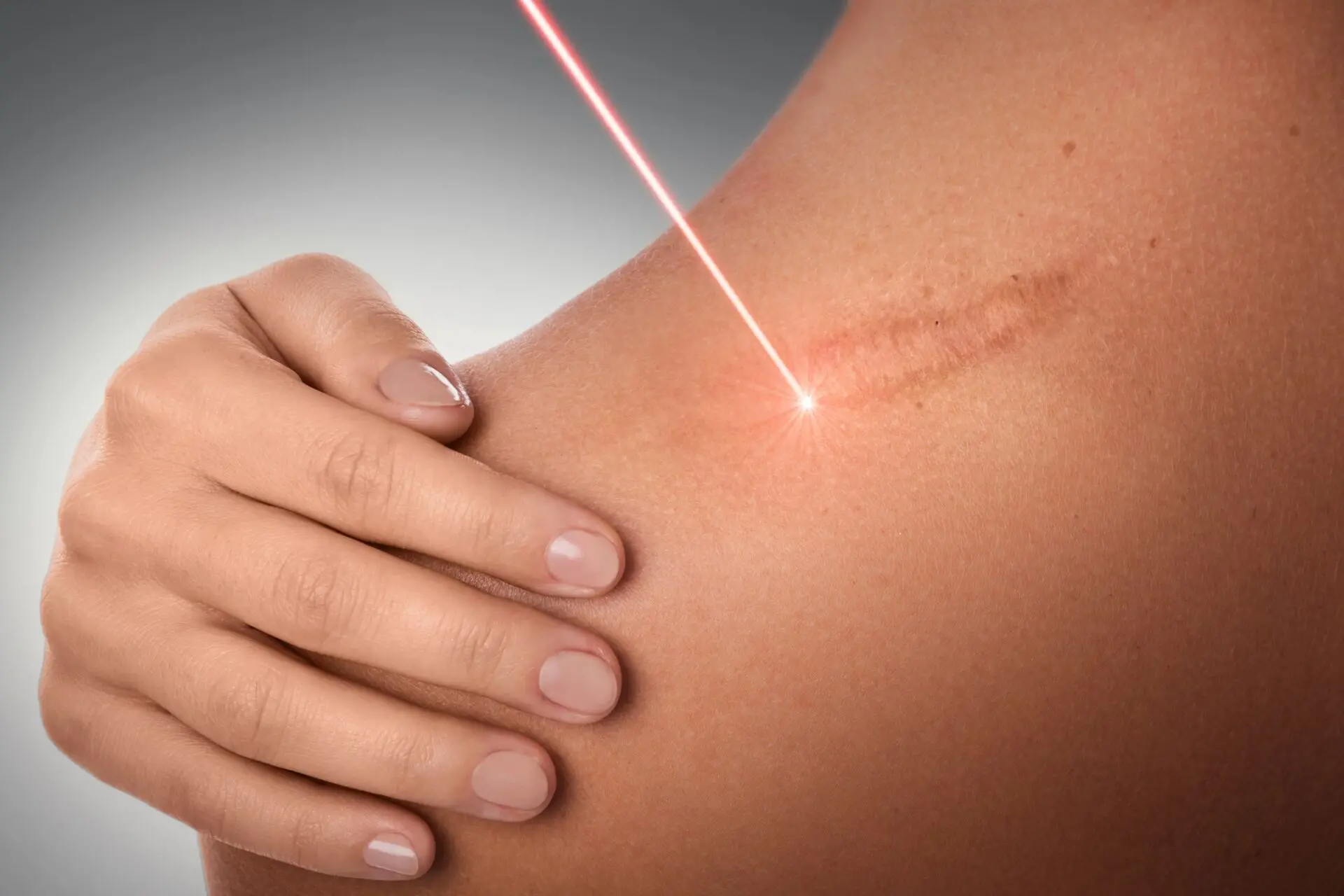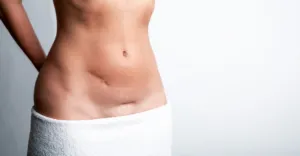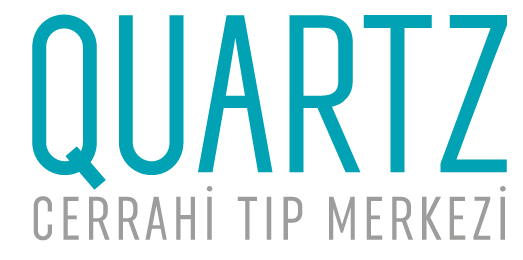
Contents

Scar treatment is a key component of aesthetic dermatology, focusing on the cosmetic and emotional impact of visible scars. Whether caused by acne, surgical incisions, burns, or accidents, scars can disrupt skin texture and self-confidence. Thanks to today’s medical technologies, many of these marks can now be treated effectively and safely.
This article explores modern scar removal methods and answers the most common questions about treatment options.
What Is Scar Treatment?
Scar treatment refers to a set of dermatological procedures designed to reduce scar appearance by improving skin tone, texture, and elasticity. It may involve non-invasive or minimally invasive methods such as laser therapy, PRP, microneedling, silicone applications, or, in severe cases, surgical revision.
What Is a Scar?
A scar is a fibrous tissue formed by the body’s natural healing mechanism after the skin’s structural integrity is disrupted. During healing, collagen production increases, altering the skin’s structure. The shape, color, thickness, and location of scars vary depending on the severity of the wound and the individual's skin.
Types of Scars
Different types of scars require specific treatment protocols. The table below summarizes common scar types and their characteristics:
| Type | Description | Common Areas |
|---|---|---|
| Keloid | Thick and raised scars that grow beyond the original wound boundaries. | Chest, back, earlobes, shoulders |
| Hypertrophic Scar | Scars that remain within the wound border but are raised and thick. | Surgical incisions, traumatic wounds |
| Atrophic Scar | Indented scars caused by loss of skin tissue. | Face, forehead, cheeks (post-acne) |
| Contracture Scar | Scars resulting from burns that tighten skin and may restrict movement. | Joints, hands, knees, neck |

Scar Treatment Methods
The treatment approach depends on the type, duration, depth of the scar, and the patient’s expectations. The primary goal is to reduce the visibility of the scar, smooth the skin surface, and restore a tone closer to the natural skin color. Main treatment methods include:
- Laser Treatments (Fractional CO2, Er:YAG): Stimulate collagen production by resurfacing the skin in a controlled way.
- Microneedling (Dermapen): Promotes skin renewal by creating microchannels in the scar tissue.
- PRP (Platelet Rich Plasma): Uses growth factors from the patient’s own blood to accelerate skin healing.
- Silicone Gels and Sheets: Commonly recommended for hypertrophic and keloid scars to help maintain moisture balance.
- Steroid Injections: Help flatten raised scars, especially keloids.
- Surgical Revision: Performed to aesthetically reshape deep and persistent scars.
How Long Does Scar Treatment Take?
The treatment duration varies depending on the chosen method and the scar’s condition. Laser treatments usually require 3–6 sessions, while PRP and microneedling may be performed more frequently. Visible results are often seen within a few weeks, with final outcomes appearing after 3–6 months.
Aftercare Following Scar Treatment
- Avoid sun exposure and use high SPF sunscreen.
- Use recommended moisturizers and healing creams regularly.
- Mild redness, peeling, or crusting may occur temporarily.
- Avoid harsh treatments like chemical peels or tanning between sessions.
Scar Treatment Prices
Scar treatment costs depend on the method used, number of sessions, and the size of the affected area. Laser and microneedling treatments are typically priced per session. Final pricing is determined after a personalized assessment.
Frequently Asked Questions (FAQ)
Can scars be completely removed?
While complete removal is rarely possible, most treatments can significantly reduce the appearance and blend the scar with the surrounding skin.
How many sessions are needed?
Depending on the scar type, 3 to 6 sessions may be required. Some cases may need more.
Is the treatment painful?
Some discomfort may be felt depending on the method. Topical anesthetic creams are often used for comfort.
What scars is PRP good for?
PRP is ideal for atrophic scars, especially those on the face. It supports regeneration and healing.
How is keloid treated?
Keloids are treated with corticosteroid injections, silicone gels, and sometimes laser. Surgical removal may be followed by additional treatments to prevent recurrence.
Are home scar creams effective?
They can help with mild scars if used regularly, but advanced scars usually require professional treatment.
Are results permanent?
Improvement can be long-lasting, but results depend on skin care, sun protection, and individual skin type.
When should treatment begin?
Starting treatment within the first few months of scar formation generally yields better results, though older scars can also be treated.
Can treatment be done in summer?
Yes, but strict sun protection is essential. Many patients prefer to undergo treatment in fall or winter.
Will the scar come back after treatment?
Scars do not return unless a new wound forms. People prone to keloids should monitor new injuries closely.
![dr.leyla-arvas-800×1000.jpg[1] dr.leyla arvas](https://www.quartz.com.tr/wp-content/uploads/2024/11/dr.leyla-arvas-800x1000.jpg1_.webp)
Author : Op. Dr Leyla ARVAS
Dr Leyla Arvas is an internationally recognised specialist in aesthetic surgery based in Istanbul. Graduated in 1998 from Istanbul University Faculty of Medicine, she has developed her expertise by studying in Taiwan, Japan and Spain during her 20 years of experience.
This article November 11, 2025 was updated on
Editor: admin@quartz.com.tr


